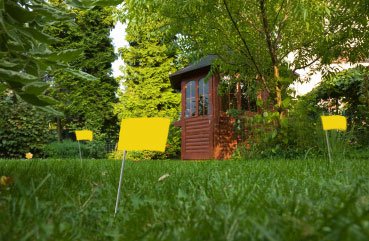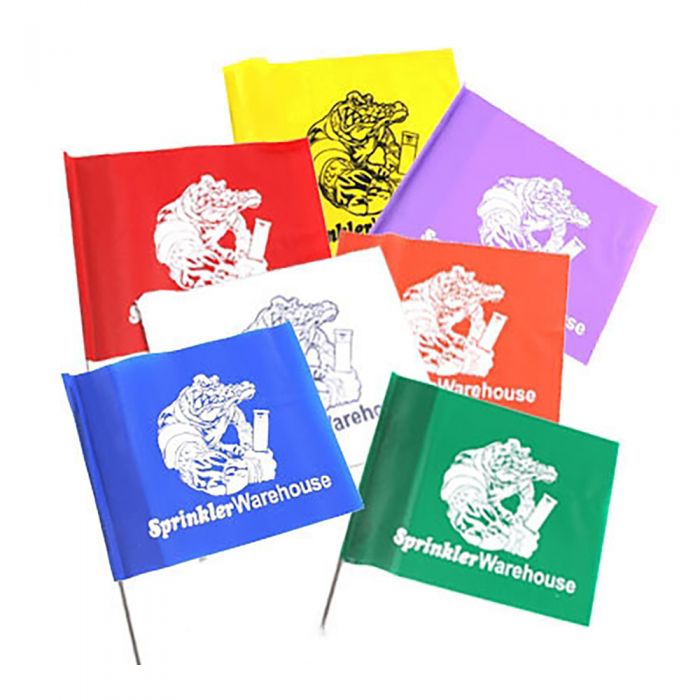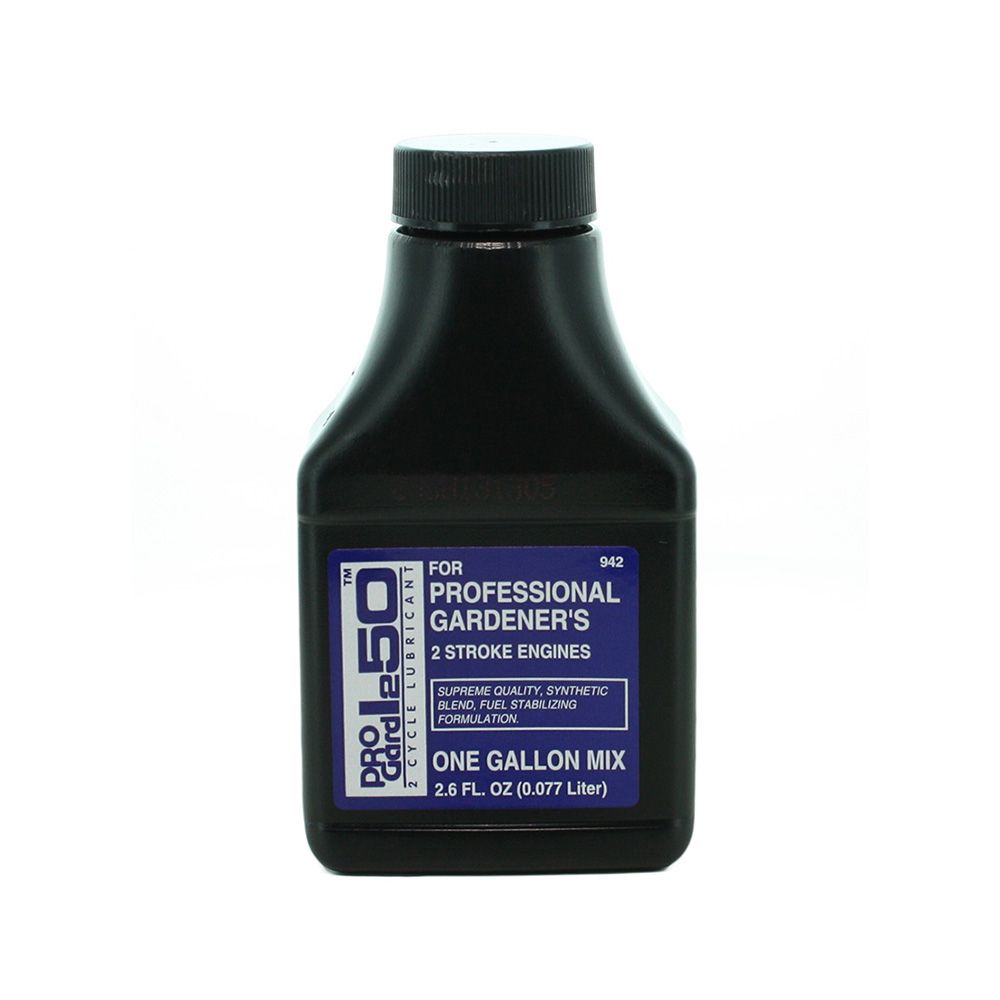Tips To Stake Your Property

After you have the irrigation layout complete you are ready to transfer your plan to your yard. This article explains how to stake your property. You will need stakes or preferably marker flags. The flags come in an assortment of colors. Color coding the different zones and water lines will help keep your irrigation less confusing.
After you have the irrigation layout complete you are ready to transfer your plan to your yard. You will need stakes or preferably marker flags. The flags come in an assortment of colors. Color coding the different zones and water lines will help keep your irrigation less confusing.
The first step is to put a flag at your main supply line, manifold locations, water meter, and valve positions. The next step is to place flags for your header lines and lateral lines. Followed by marking the property with flags for your sprinkler heads.
Determine The Spacing For Staking Your Property:
An easy method to determine the spacing for your sprinklers is to cut a length of string to your desired spray radius and tie it to the stake or flag. Then walk around the stake or flag to see how far the water will reach. The spray areas should touch or nearly touch the neighboring flags.

Then you can run string from the stakes (or flags) to show where the paths of the pipes will be located. Chalk or spray paint can also be substituted for string to indicate your trench lines.
Staking your property will make any design flaws apparent and reveal overlooked obstacles.
For example, you may see areas where you can use common trenches. Next, put flags to mark the trench that will lead from your main control valves to your controller/timer.
If you follow this guide about how to stake your property, you have a physical guide to begin digging your trenches.































